Fionn Ferreira,an 18-year-old Chemistry student, discovered a new way to clean plastic from the ocean using Ferrofluid.
A study in October last year revealed that the average person consumes about a credit card size worth of microplastics weekly. If that thought causes you anxiety, you’re not alone.
Fionn Ferreira, an 18-year-old Chemistry student at Groninger University in the Netherlands at the time, was quoted stating ” I got really anxious when I found out about microplastics,” and explained how these pollutants will stay in our environment long after we stop using them. Anxiety can be a good thing sometimes, like in this particular case where it led Fionn Ferreira to discover a new way to clean plastic from the ocean using what’s known as Ferrofluid.
Ferrofluid is a liquid that can be attracted to magnets and is made out of iron oxide particles suspended in a carrier fluid.
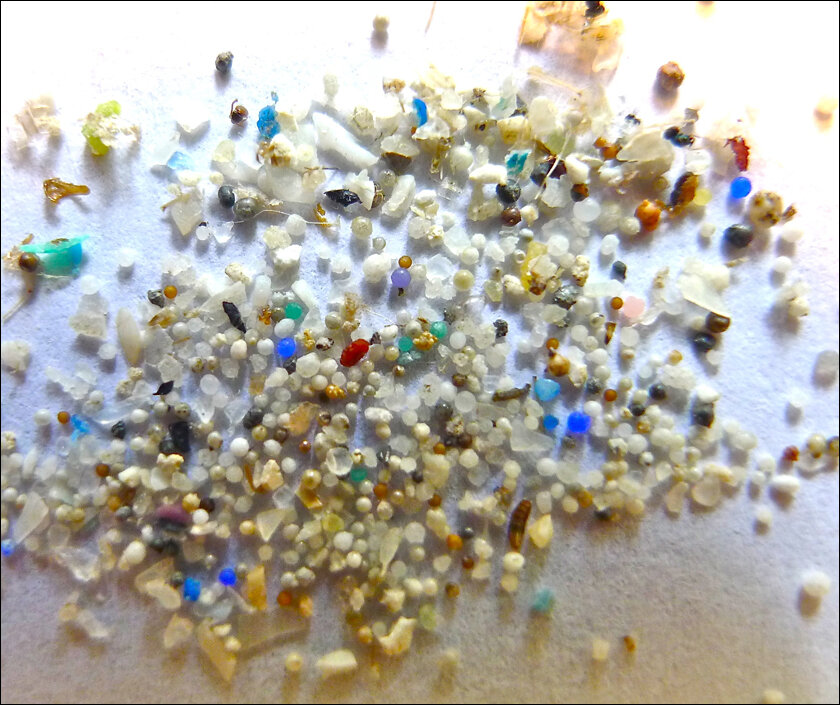
Ferrofluids and Microplastics
Hailing from a family of boat builders in Cork County, a beautiful seaside region of Ireland, Fionn Ferreira took a leaf out of a NASA engineer’s book and used it to clean up the ocean. Ferrofluid was invented in 1963 by NASA engineer Steve Papell who was trying to find a way to make rocket fuel move around in zero gravity.
Ferrofluids are used in everything from computer hard drives to motors, electronics, loudspeakers, and even medicine. Fionn created his own environment-friendly version of this Ferrofluid by suspending magnetite powder (which occurs in nature) in vegetable oil and then using it to attract plastics from the ocean. Fionn says the idea came to him when he came across an oil spill on the beach with a lot of plastic trapped in it.
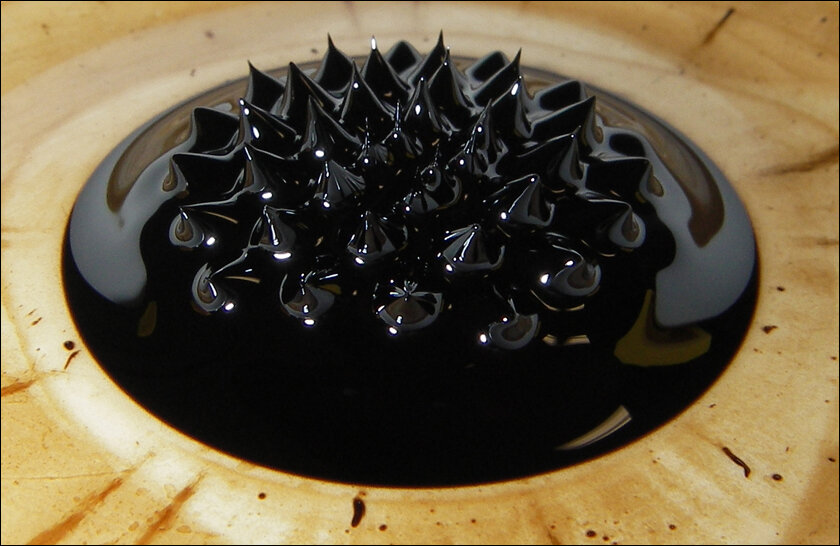
Following about 5,000 different tests involving adding different microplastics to water and then adding the Ferrofluid mixture before extracting the whole mess out with a magnet, Fionn found his method to be 87% effective. That’s an incredible result, and not just for an 18-year-old.
Since Fionn’s method is relatively cheap, does not use toxic chemicals, and does not pollute the environment it could be a very viable option for a large-scale cleanup of the oceans. Out of all the different types of microplastics tested, Fionn states that the hardest microfiber plastics to clean come from propylene of which his method was still 80% effective while the easiest to clean are the ones that are released by washing machines.
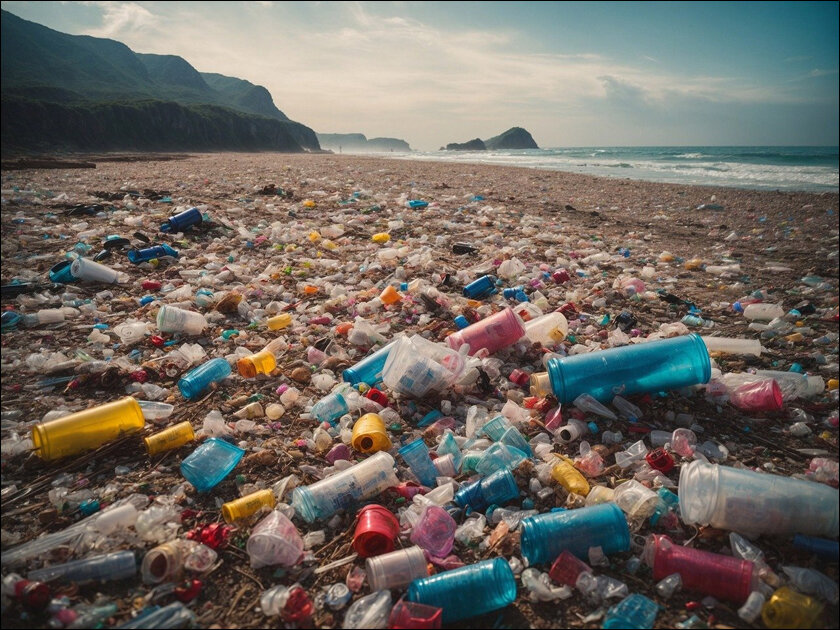
Accolades, Awards, and Iron Man
In addition to being named a finalist in the second edition of the Young Inventors Prize 2023, established by the European Patent Office, Fionn Ferreira’s invention won him the Google Science Fair of 2019 including a $50,000 scholarship fund toward his project. Larissa Kelly, his mentor at the Google Science Fair was quoted stating, “His invention, based on very simple components, is groundbreaking.” Fionn refers to his technology as “quick, cheap, and low energy,” and is currently fine-tuning the system to include only glass, stainless steel, and recycled plastic. He clearly states his dislike for plastics and how the last thing he wants to do is create more plastic in order to clean up the old plastic from the ocean.
Now if you thought an 18-year-old would use Ferrofluid to clean up the ocean’s plastic and Iron Man wouldn’t show up, think again. On hearing about Fionn’s invention at the Google Science Fair, Iron Man actor Robert Downey Jr. decided to fund him through his climate tech venture capital company called Footprint Coalition.
Since then Fionn has been able to scale up his enterprise and technology to a level where it can now be used in wastewater treatment facilities across the country. He claims he has also been able to scale it down enough to be used in pipes in homes where it can prevent microplastics from flowing out of the taps. His company, Fionn & Co. LLC is also partnered with US firm Stress Engineering Services to further develop his technology.
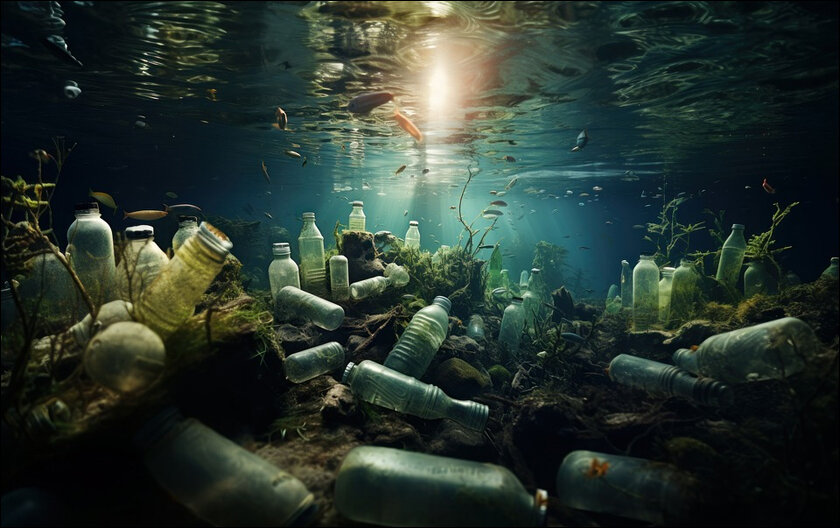
An ocean of plastic
If you’ve watched the viral video of a scuba diver filming an ocean full of trash off the coast of Bali, you already know how big the problem is. Though single-use plastic is banned in India and across the globe, our dustbins are full of it every day.
Milk is still delivered in plastic bags, biscuits and bread come wrapped in plastic and so does every bag of chips we buy. While Fionn Ferreira may have come up with a great way to reduce the plastic pollution in the oceans, he reminds us that his invention is not the solution to plastic waste and the only solution is to stop using plastic altogether.
In case you missed:
- China launches world’s first AI-powered underwater data centre!
- Researchers develop solar cells to charge phones through their screens
- Training AI for Pennies on the Dollar: Are DeepSeek’s Costs Being Undersold?
- CES 2025: NVIDIA’s Cosmos Just Gave Robots a ‘ChatGPT Moment’!
- These AI powered devices add smells to virtual worlds
- From Fridge to Fusion Reactor, How Mayonnaise is Facilitating Nuclear Fusion
- South Korean firm develops drone that flies on hydrogen fuel
- How AI Is Helping Restore the World’s Coral Reefs
- What Is Electronic Soil?
- Quantum Computers: It’s now 20X easier to crack Bitcoin encryption than we thought!




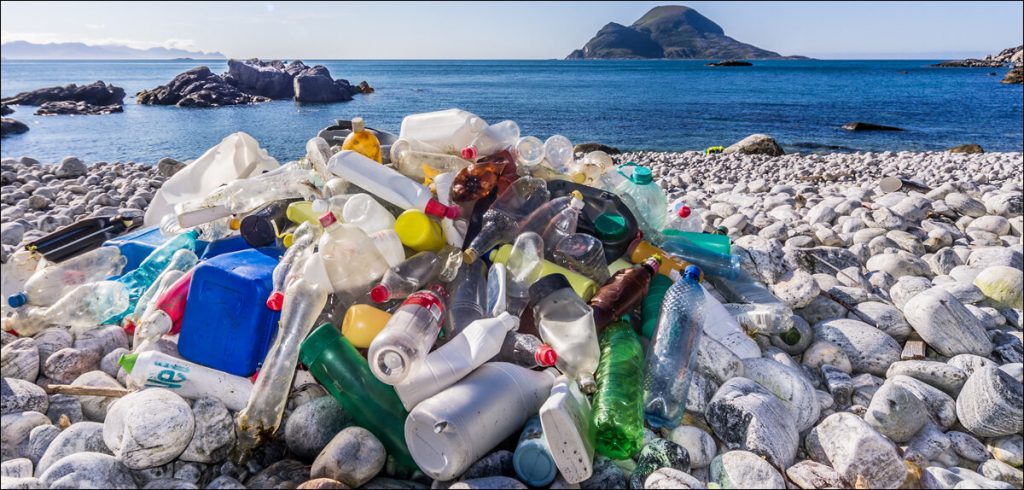
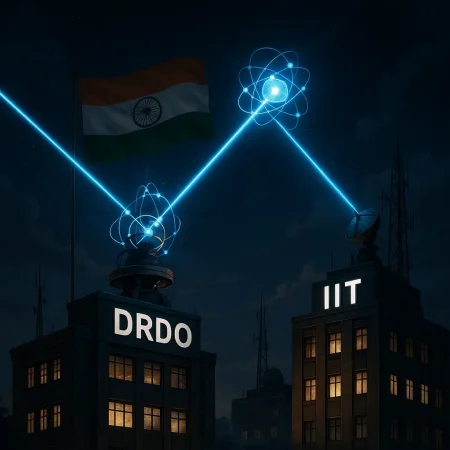



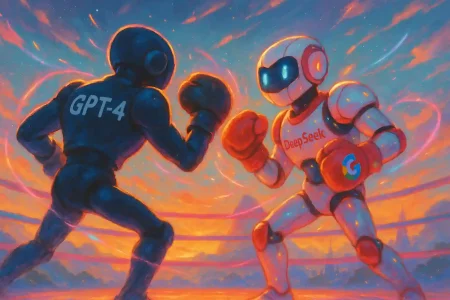

1 Comment
It is not the solution to the microplastic problem yet. The process results in a solution of oil, iron and plastic that has a greater mass than the plastic alone. Unless a process can be developed to separate the plastic from the ferrofluid so it can be reused and a process for safely dealing with the recovered plastic this system just creates more pollution than it removes.
Unfortunately all the hype surrounding this great science project adds confusion to scientific value of the research.